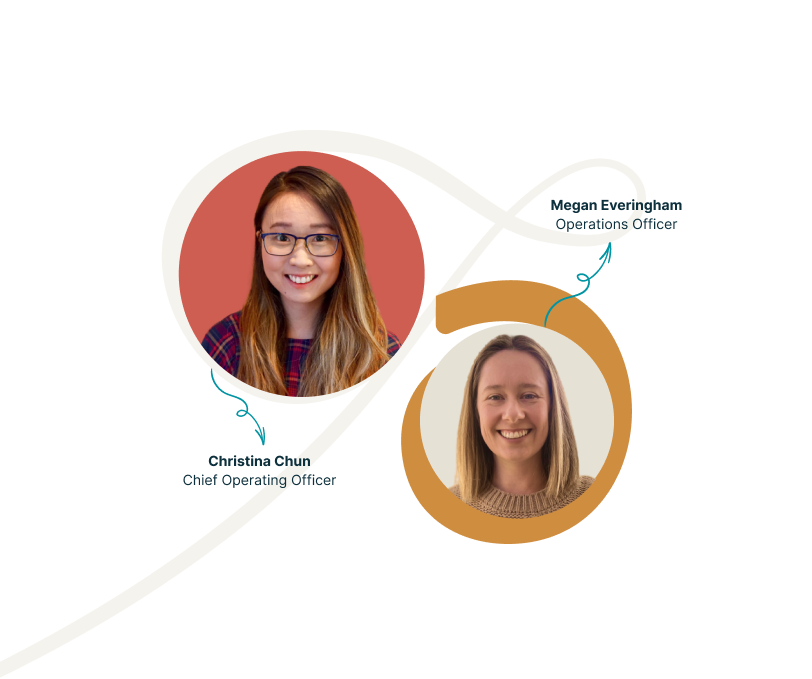.png)
Videos
Introduction to Theory of Change from NESTA's DIY Toolkit
A Theory of Change articulates the link between intentions, activities, outputs, and outcomes. It presents a hypothesis of how we think we can create change in the world. This short video uses an example to explain how to use the tool to define goals and the pathways to reach them.
View resourceSummary
Theories of change help:
- Develop a common understanding of what an intervention is trying to do
- Strengthen the focus of interventions
- Provide a framework for tracking and assessing performance
- Enable the identification of complementary partners
- Support thinking and conversations around change
- Surface and make assumptions explicit.
There are a range of different frameworks used to develop Theories of Change. Most of them include similar elements and it is often a matter of preference as to what framework a social enterprise will choose to use. This short video from NESTA’s ‘DIY’ Toolkit outlines one option.

We’d love to hear from you!
Reach out to one of our team members, and share input and ideas about how we can evolve Understorey.
Get in touch